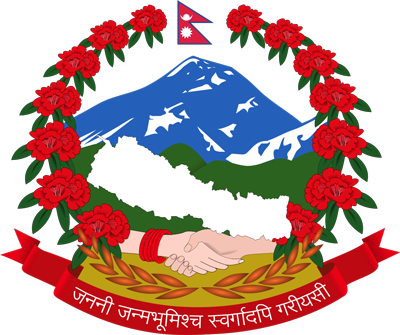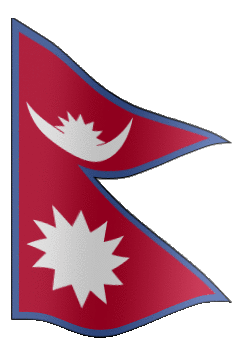Patan Durbar Square-Legend and History

In the center of Patan, at the Intersection of its main crossroads is the medieval Palace square, locally known as Mangal Bazaar for its Sanskrit connotation of being auspicious, or simply as “Mangah” its root in Old Newari meaning "Center". In this complex for more than two centuries the dynasty of the late Mallas held the privilege to embellish the square with impressive choice of other monuments, pillars and minor shrines.
Although some of the palace's earlier history is lacking in evidence and conclusive detail and the existing inscriptions are shrouded in obscure devotional language its past is not "unknown" to the people of Patan. It is full of legend and myth, often with a different version of the same story or two conflict in one. The Palace area must have already been a center of royal power during, the first millennium as testified on a stone inscription (date 643 AD) in the main courtyard (Keshav Naryan chowk ) of Museum, and another inscription ( date 560 AD ) at Manidhara , next just to the north of the Museum.
Another myth of this complex, a small river once was flowing along what is now the palace front. It is still under ground as a storm water and sewer drain since Malla times. A Buddhist monastery was built on its bank where a bright flame had auspiciously emanated from the waters. In a later time, the monastery was shifted to another location to make space for an extension of the Palace. So every year during the holy month of Gunla (Aug- Sep) a Buddha image is immersed in the consecrated water of a copper vessel placed directly in front of the Golden Door and worshipped by the faithful.
In 1630 AD the Palace was called "Chaukot" , denoting a castle or fort with four towers, the built recollection of which are the two surviving tower pavilions at the corner of Palace's front wing.
The existing palace is the work of King Vishnu Malla dated 1734AD. During the ancient period there was fort in that settlement. Thus, the historicity of the palace can be traced a long time back. The first mention of “Chaukot” in a historic document is from the time of King Siddhinarasimha Malla in 1630 AD. The palace was renovated by King Srinivas Malla in 1674 AD and also by Vishnu Malla in 1734 AD. Since 1997 AD Medieval Patan Royal Palace is transformed to the Patan Museum.


